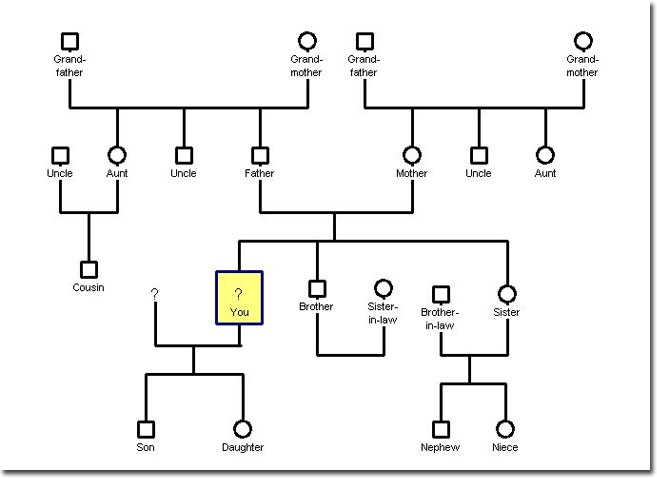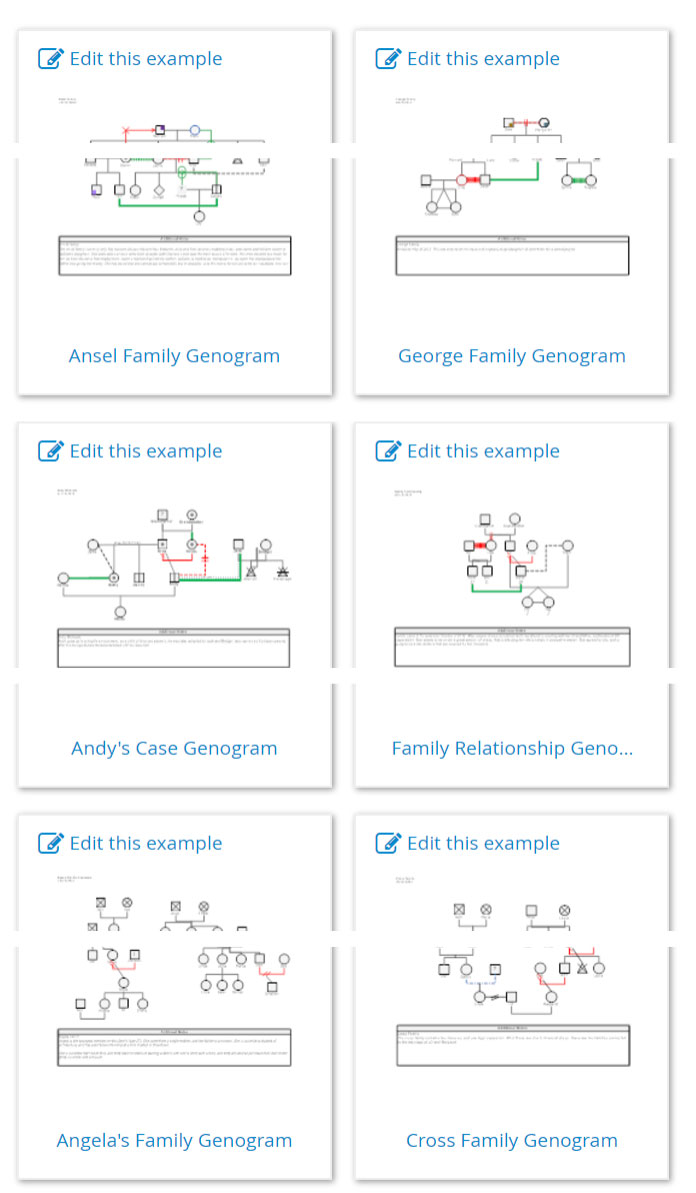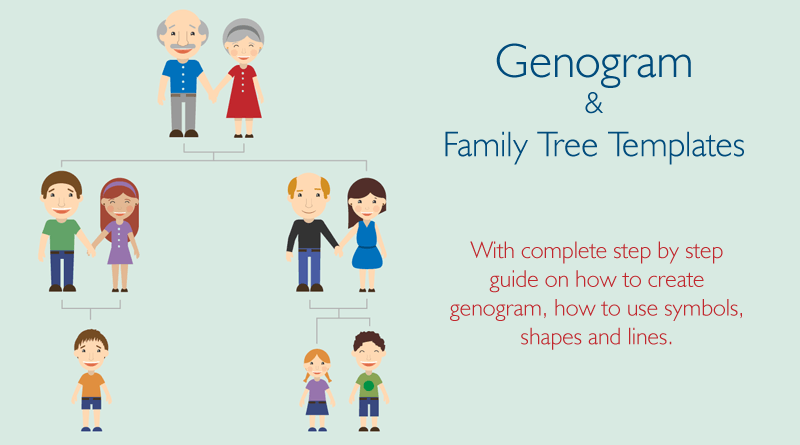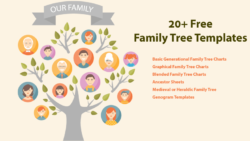If you have ever had the desire to map out your family history, you’ll find that there are many options open to you. You may go the expensive route, and hire a genealogist, or perhaps use an online service which uses a giant database to track down your family history. Some individuals choose complex online programs to assist in mapping their history, such as Freemind. However, the majority of individuals use genograms.
Genograms are designed to take the complexity out of mapping your family history. However, it is important to note, that genograms are a tool for laymen to chart their family history. A professionally trained genealogist will not use a genogram. In a nutshell, genograms are diagrams, or maps of your family history and medical history, and just like a road map, they utilize special symbols in order to help you visualize relationships.
Building Blocks of a Genogram
Genograms have basic features which are similar to a map. For example, maps have legends, and so do genograms. Genograms will list several symbols on their legend. Each symbol is basic and easy to read. Remember, that is the point of the genogram, to take something extremely complex, and break it down into easy to understand elements. No matter what purpose you use a genogram, the end result should be the same. By just one simple glance, you will be able to grasp the interrelationships between elements, quickly, easily and efficiently.
The genogram was created by Murray Bowen in the 1970’s and made popular in 1985 in a book written by Monica McGoldrick and Randy Gerson called “Genograms: Assessment and Intervention”. While the majority of individuals utilize the genogram to map out their family history, it has many more uses such as:
- Education
- Genetic
- Social Work
- Psychology
- Psychiatry
- Medicine
- Pet Breeders
There are no hard and fast rules for the purpose of a genogram. Indeed, if you are in need of mapping something out in a simple, easy to read manner, then the genogram could probably work for you.
How Symbols Are Used In Genograms
As can be seen, genograms can be used for everything from mapping an individuals medical history, to tracing the bloodline of a thoroughbred race horse. However, for our discussion, we will choose family genealogy as an example of understanding the basics of a genogram. As family history/medical history can become complex with regards to marriages, live-ins, divorces, separations, births, deaths, adoptions, the aim is to keep the map simple. This is why the genogram employs only the most basic, recognizable symbols. We have listed some of the common, basic genogram symbols below:
- Square: Males in the family will be denoted by using a square symbol
- Circle: Females are shown on the map as a circle
- Diamond: Pets
- Triangle: Triangle symbolizes pregnancy
- X: An ‘X’ through a circle or square signifies the individual is deceased. An ‘X’ through a triangle means a miscarriage or abortion.
While a genogram caters to the needs of the author, there are some basic rules for placement of symbols. For instance, fathers are placed at the left of the family, and mothers are placed at the right. So this would mean the square was at the left end, and the circle symbol at the right. This order of spouse placement means that the first partner must always be closer, then comes the second partner and so on. The same logic extends to the children. The elder child is placed at the left, and then the next born is placed at the right of the first born, etc.
Also, if you are creating a chronological family history genogram, it is customary to place the oldest generation at the top, and work your way down to the present day. In other words, your great, great grandparents would be at the top, while your present day generation would be at the bottom.
How Lines Are Used In Genograms
Lines are utilized in genograms to show the type of relationship which exists between symbols. Color coded lines are used to denote the type of family and emotional relationships between individuals. For example, a family between the circle and square is shown by using a horizontal line that connects the two. Any children from this union are placed below the family line, in order of oldest first, then youngest, left to right. There are also lines to indicate harassment, hostility, being cut off, distant, close, caretaker, and so on.
While all of this sounds pretty easy, it can become a little complicated when there are divorces and remarriages within the family. For example, if the man had 5 children with wife number one, divorced and had 3 with wife number two, then separated from wife number 2 and lived with lady number 3, the genogram will now become more complex.
While the horizontal line is still used to connect the squares and circles, other markings are used to denote the divorce, separation and living together status. For example, divorced would mean 2 slashes across the horizontal line, separation would receive 1 slash, and living together will usually be a dotted line.
As can be seen, family ties can become a bit tangled at times. This is why genograms are used instead of the traditional image of the ‘family tree’ in today’s world. Because with the genogram, we can see these complex relationships in an easy to read, simplistic fashion.
Social Relationships
Social relationships involve individuals who do not share bloodlines, but are a big part of our lives. For instance, say you grew up with your best friend. That best friend has never left your side for the past 45 years. While you are not blood, you consider that individual family, so you would include them in your genogram. Social relationships are indicated using symbols connected with the appropriate lines. For example, your best friend could be a circle who is connected to you with a double line, which signifies closeness.
The Importance of Utilizing Genogram Templates
After reading all of the above, one thing is for certain, relationships are complex, and keeping them simple is not as easy as it sounds. We have only listed the most basic of symbols. There are also symbols that reference medical issues, addictions, and sexual orientation. As such, it is easy to see why most people download genogram templates.
Genogram templates take the complexity out of creating your genogram. Indeed, when you download your genogram template, you will find that you have all that is necessary to create an exceptional genogram. Genogram templates save you valuable time and money as well. Using these templates, you will have no need to purchase software, or hire a professional genealogist. Not only that, once you get the hang of using genogram templates, you’ll be off and running, creating new versions of your diagram by downloading different template styles.
We are currently offering a variety of genogram templates on our website for you to download. These genogram templates are designed to make your mapping an efficient affair. Simply download the chosen template, and proceed to customize it with your personal information. Yes, it is that simple. We guarantee that by using our professionally designed genogram templates, you will create stunning, easy to read genograms for any topic you see fit. Download our genogram templates today, and begin to generate your own, personal genogram.
Family Tree Template 1
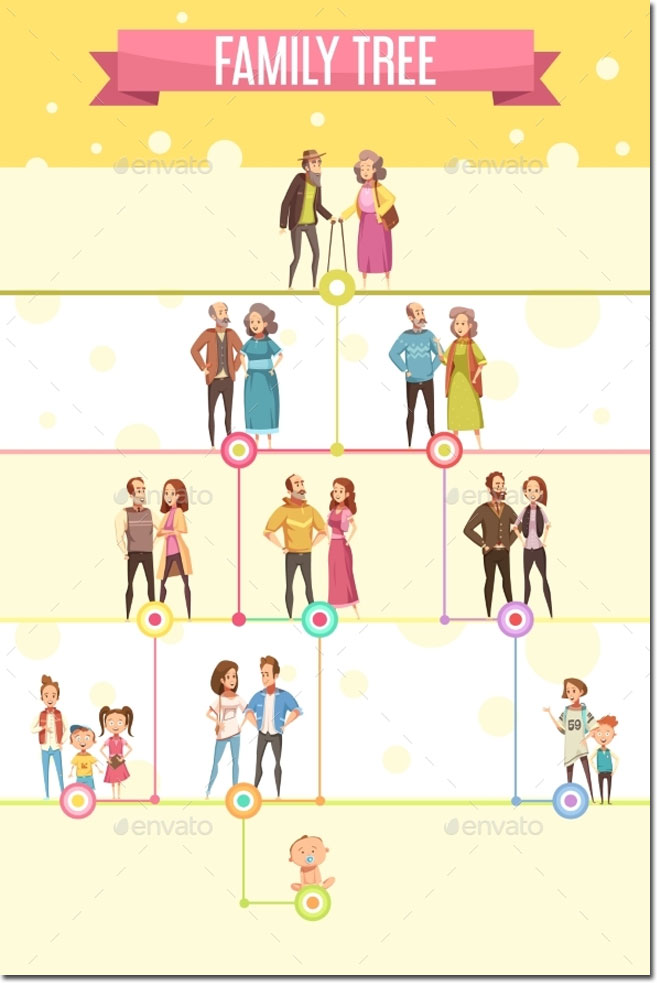
Family Tree Template EPS
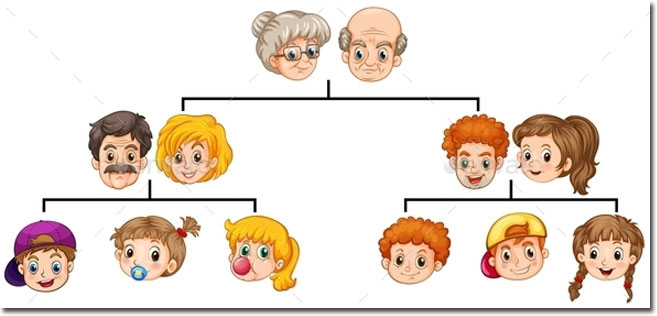
Family Tree Chart Template
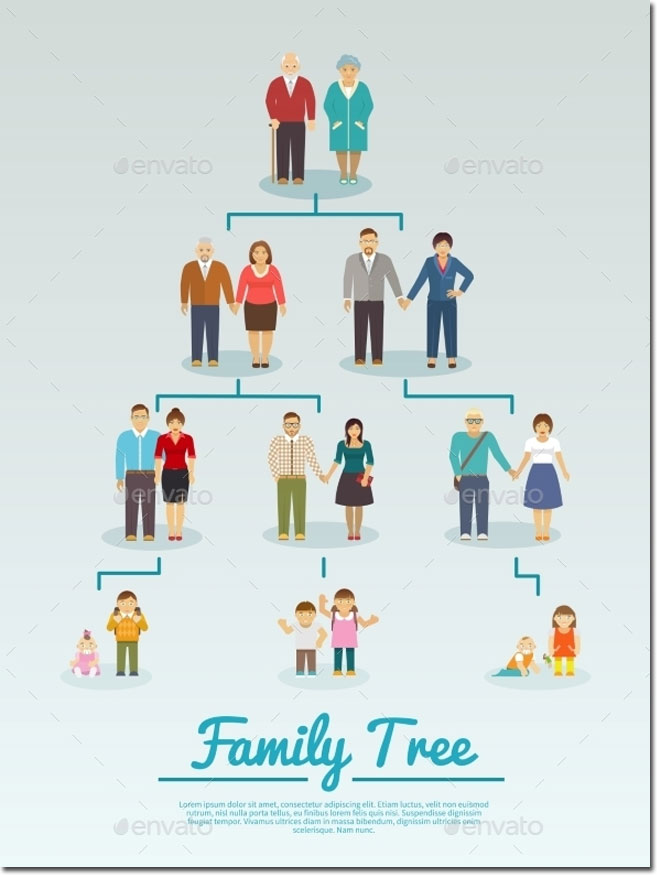
Family Tree Infographics

Family Tree Template Word

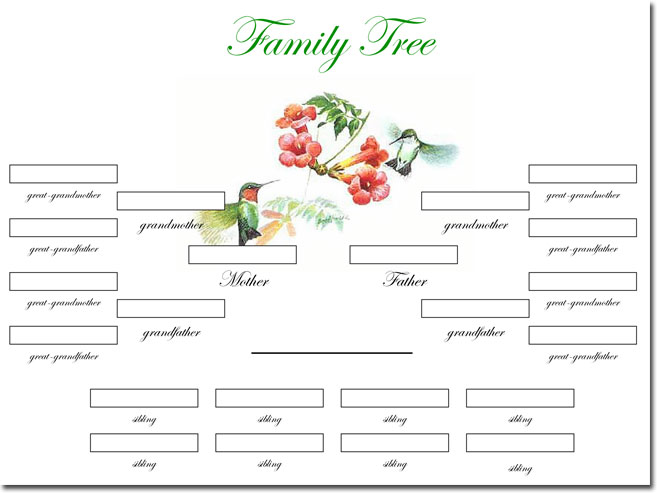
Genogram Templates

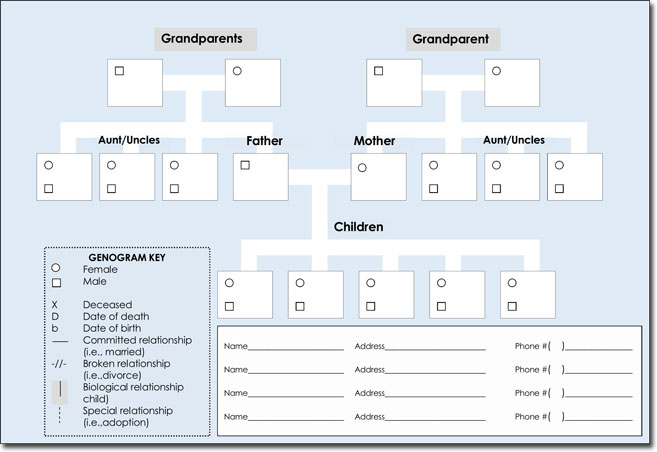
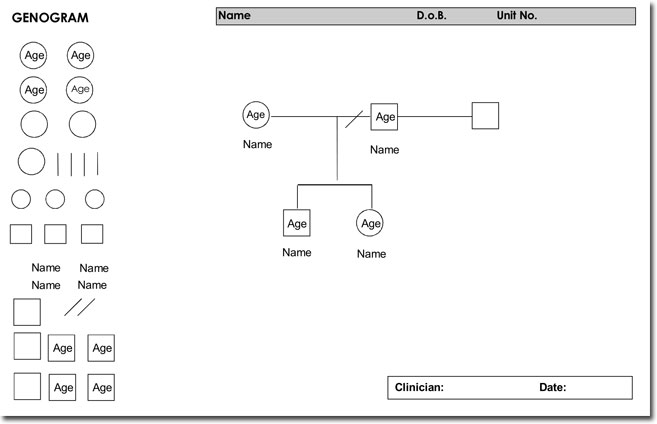

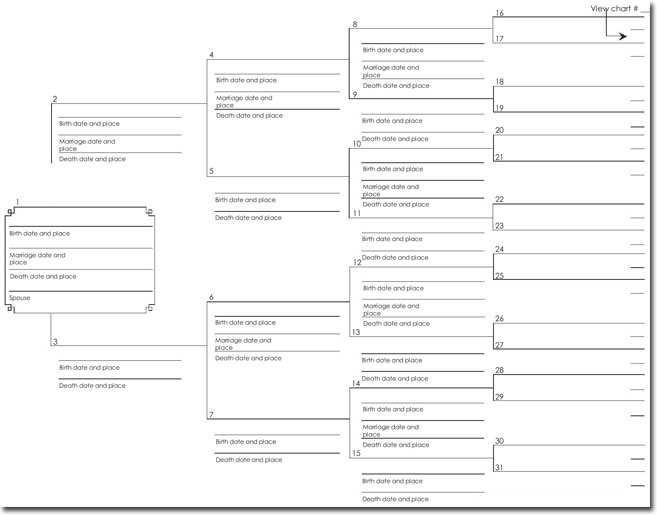
Four Generations Family Tree Landscape Chart


Blank Family Tree Template for Word

Child Family Movement Genogram Template
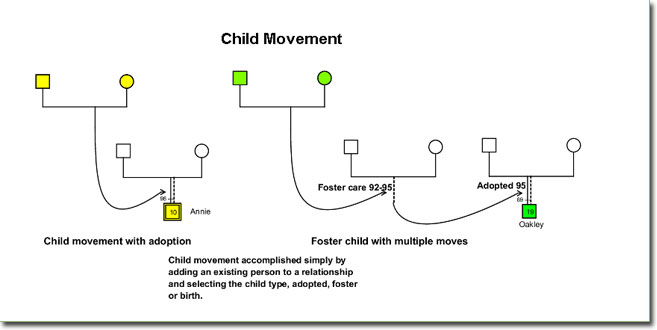
Heritage Genogram Example

